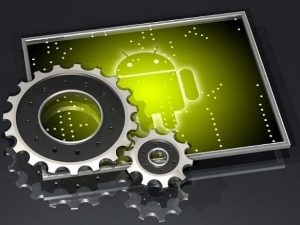 Most users do not know where to start getting to know the new operating system and how to customize it for themselves. In order to customize Android – a phone or tablet for himself, a beginner must understand the basic settings of the system, as well as familiarize himself with its functions and sections.
Most users do not know where to start getting to know the new operating system and how to customize it for themselves. In order to customize Android – a phone or tablet for himself, a beginner must understand the basic settings of the system, as well as familiarize himself with its functions and sections.
First turn on
It is recommended to turn on the device based on Android for the first time following the instructions. After pressing the power button, the initial setup wizard appears. He suggests doing the following:
- Select the language to be used by the system.
- Connect to the Internet using Wi-Fi technology, if available. This step is optional: you can skip it and come back to it later when you have access to the Internet.
- Create a Google account or log into an existing one if an account has already been created.
- Set the date and time (if the Internet was connected in the second step, the data is determined automatically).
- Confirm location (optional).
Each of the stages of the initial setup performs an important function and is necessary for the full use of the system. Without creating a Google account, it is impossible to enter the Google Play store of free applications, as well as use mail. Confirmation of the location ensures that the services are working correctly and that the time and date are accurately determined.
Further system settings depend on the individual preferences of the user: they can always be changed, as well as a complete reset of the settings to Android, if any critical situation has arisen.
to the content
System interface
After the initial setup, each time you turn on or restart the device, the desktop of the preinstalled system launcher appears on the screen. It consists of symbols and icons: the first thing that displays on the screen is the current time and date.
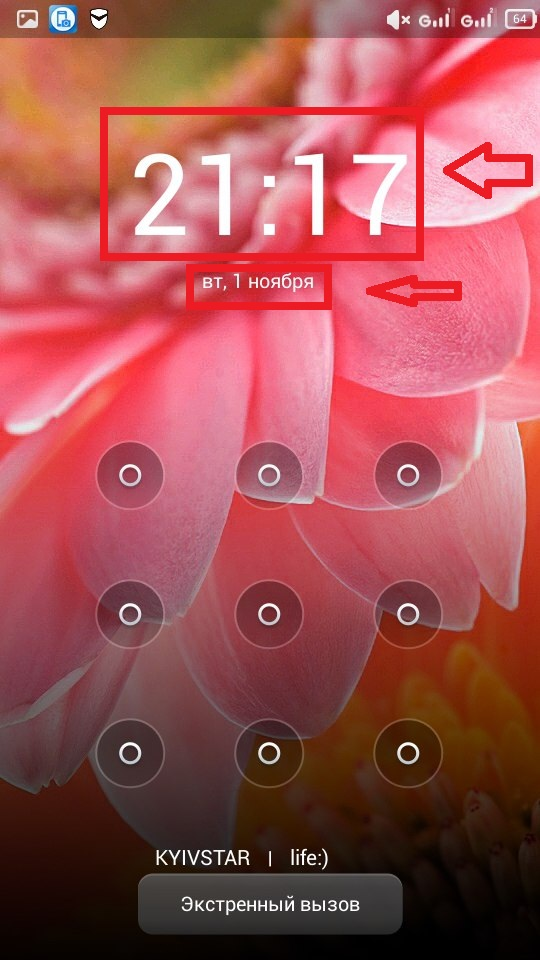
The most frequently used programs are also located on the desktop screen (on one or more). Switching desktops is carried out by flipping movements on the screen.
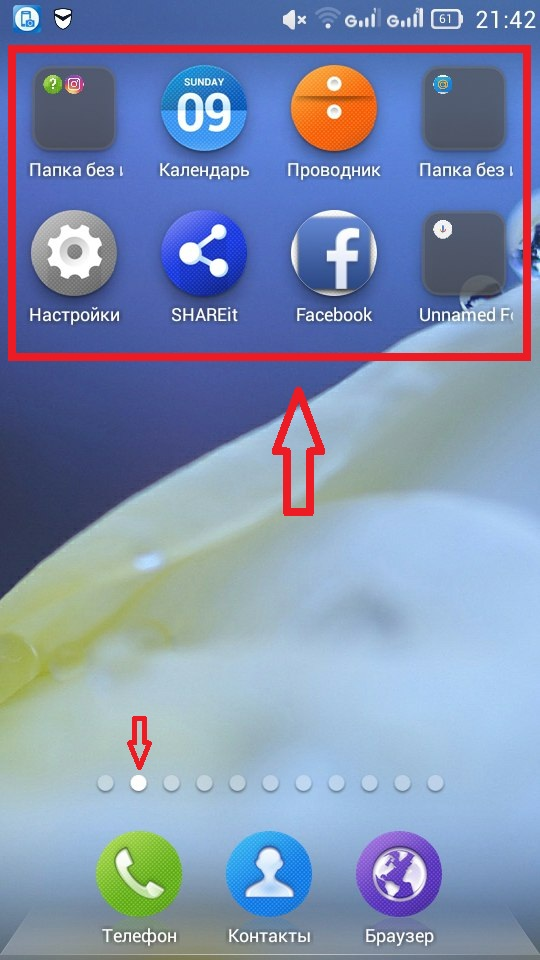

Desktops can be managed by adding new ones or removing existing ones. To add a new table, you need to touch the screen with two fingers at the same time, and then bring them together. This action is accompanied by the appearance of a plus sign, which must be pressed.
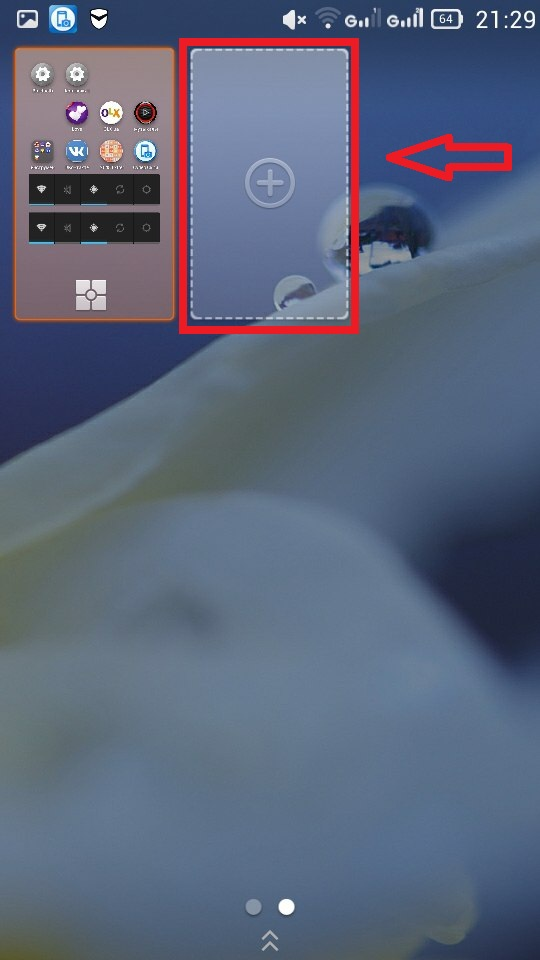
After adding a new table, you can move programs and widgets to it.
to the content
Quick menu
To open the quick menu in smartphones based on Android, you need to move from top to bottom along the top bar of the screen. In this case, a menu will be available that allows you to perform a number of important actions:
- turn on Wi-Fi;
- turning on the mobile Internet;
- selection of a phone profile (standard, no sound, vibration);
- changing the screen brightness;
- other settings (enable GPS, Bluetooth, flight mode).
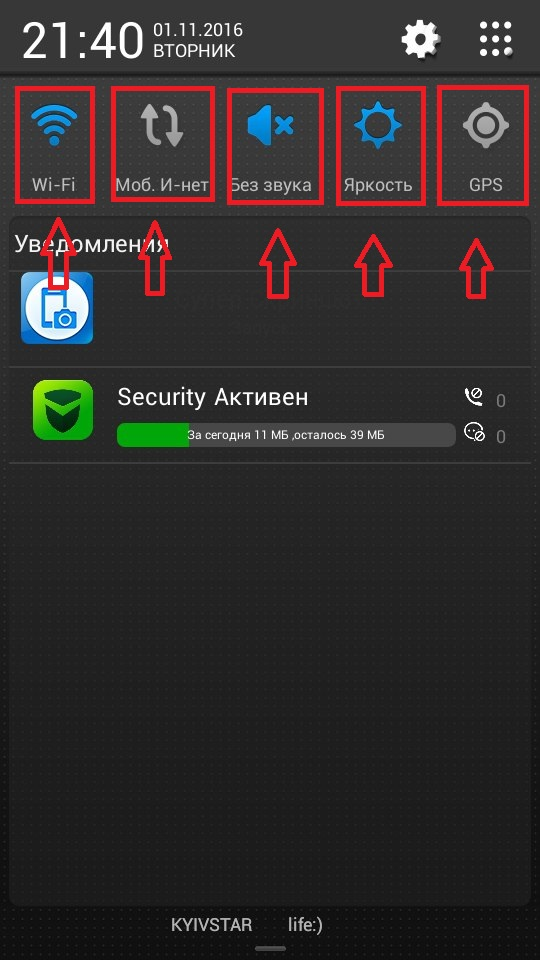
to the content
Classification of settings
Basic settings Android are made after clicking the 'Settings' icon on the desktop.
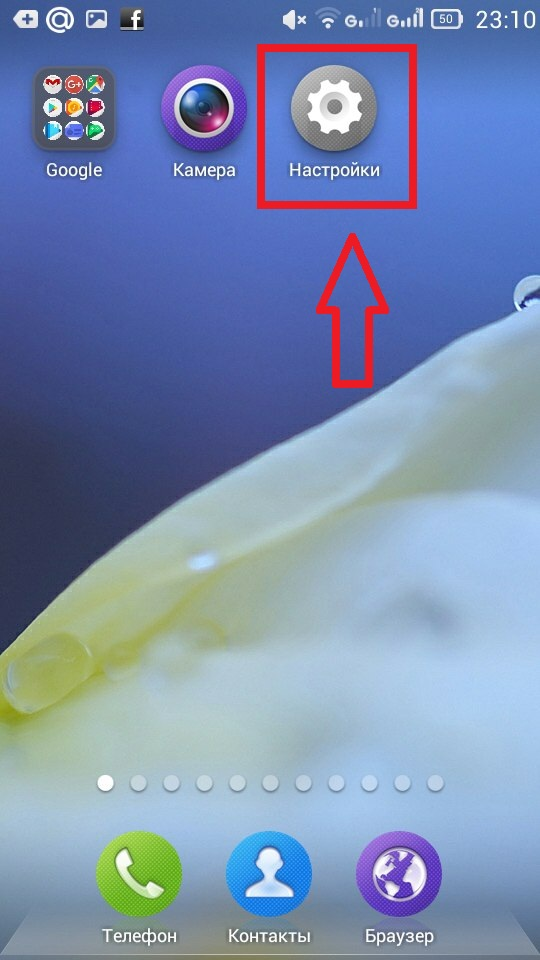
All settings are divided into three main groups:
- General.
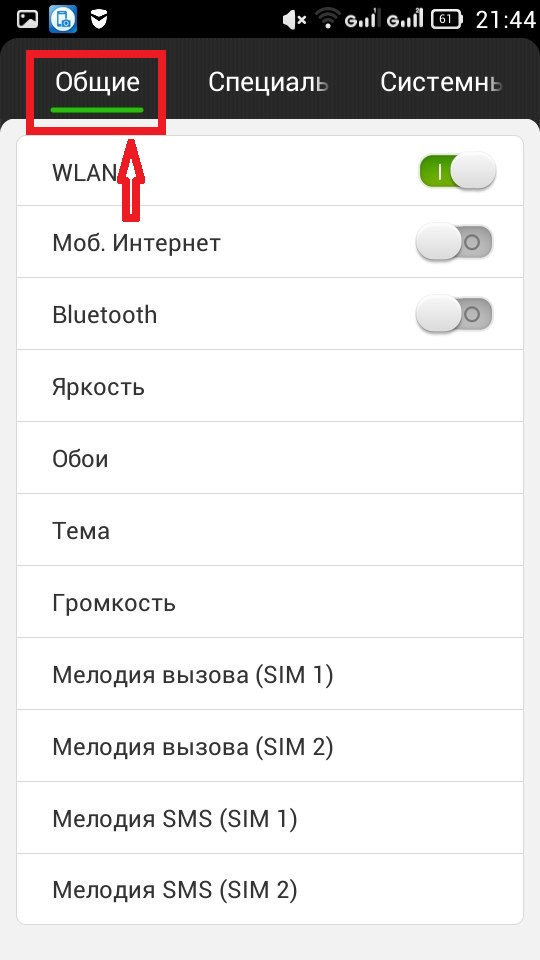
In the 'General' menu item, you can select a desktop wallpaper, a theme, adjust the volume of calls, notifications, multimedia, and choose the necessary ringtone.
- Special. Designed to control sensors and gestures, set up notifications, as well as enable / disable event indicators (missed calls, messages).

- Systemic. The most functional section. It allows you to perform the following functions:
- manage wireless networks;
- change sound profiles;
- customize the screen;
- select the default memory (system, SD card);
- manage personal data (SIM cards, security),
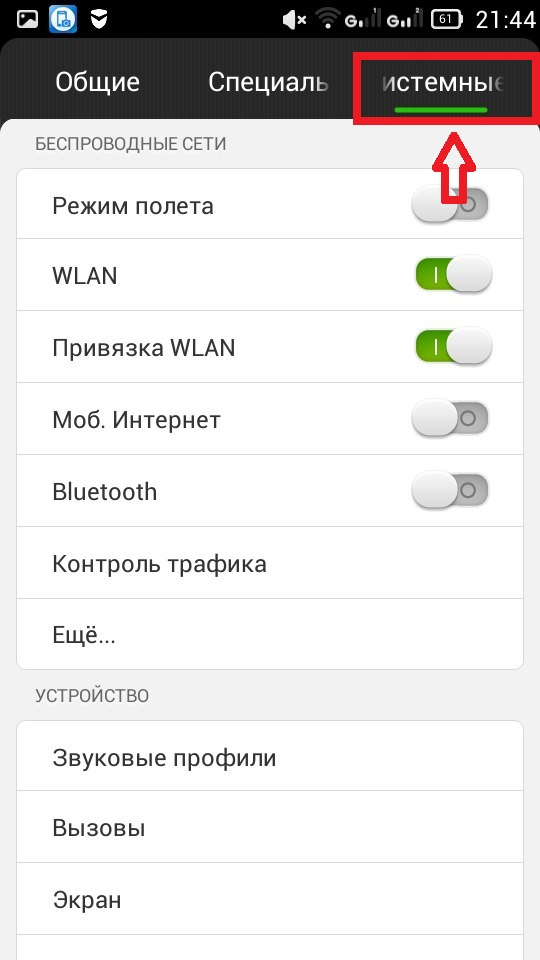
In the 'System' menu item there is also information about social media accounts, emails and other resources that are synchronized with the device.
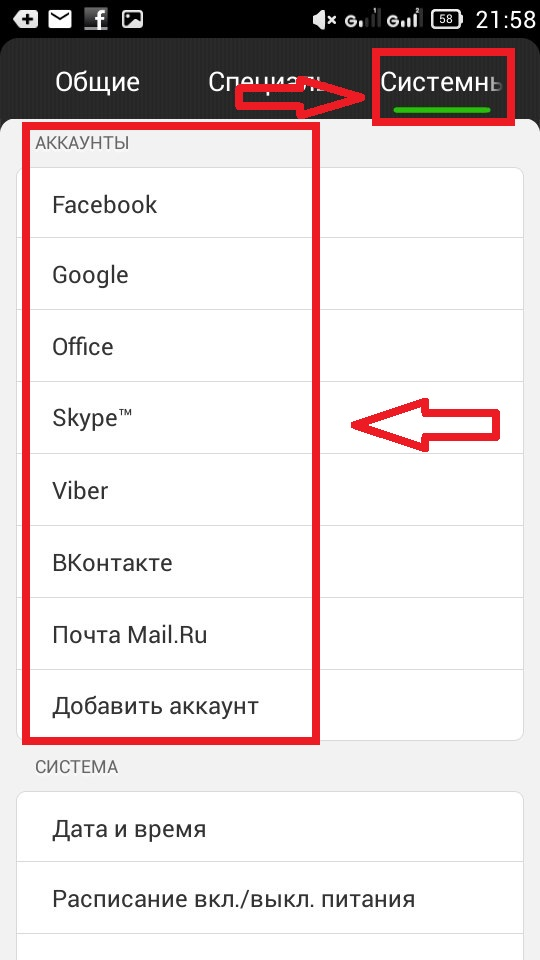
to the content
Basics of using the system
Each user of the platform should be able to use its main functions:
- Internet access;
- work with the keyboard;
- Google Play;
- gallery.
Using the internet on Android is no different than on a PC. It is enough to open a browser and a familiar interface will appear on the screen: a line for entering an address, the ability to add tabs, a history of visits, and more.
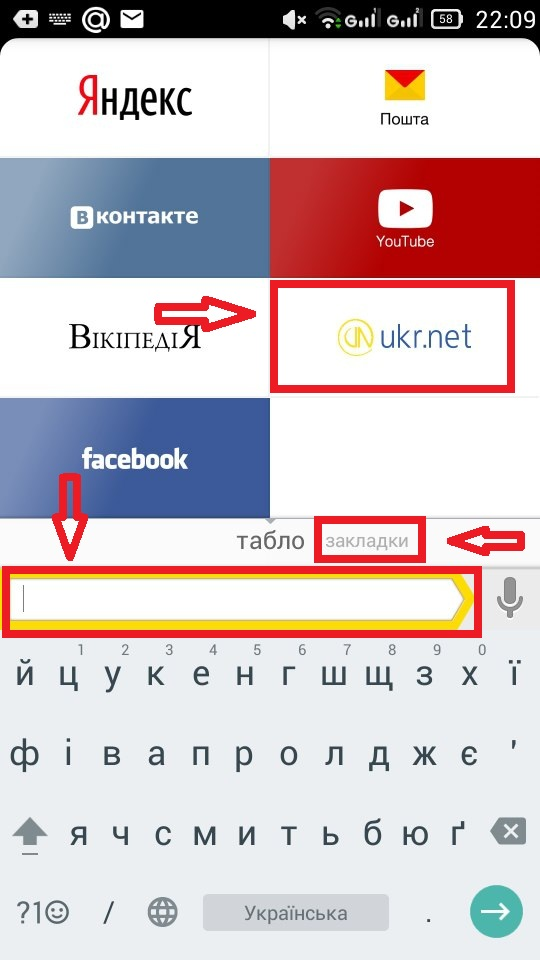
It is not difficult to open the keyboard – it starts automatically whenever a line is pressed to enter text (browser, messages). To remove it, you must press the 'Back' key. Use the globe icon to change the language.

Android allows you to add input languages. To do this, in the 'Special' settings section, select the 'Language and input' menu item.

It allows you to add languages, manage dictionaries and other keyboard functions.

Google Play is a convenient service for finding programs for gadgets. This application is present by default in all devices based on Android. To use it, you just need to sign in to the store one time using your Google account. The application has a simple interface, convenient search.

In order to start using the application you like, just select it and click on the 'Install' button. After a few seconds, the program icon will appear on the desktop.

You can view multimedia files through the file manager 'Explorer'. Images, music, videos, documents are stored here.

Having familiarized yourself with the most important sections and settings of the operating system Android, you can start confidently using the gadget. There are no difficulties in the process of working with the platform, but if some functions or icons are unfamiliar, you should not be afraid to try to figure them out on your own. A logical and consistent approach to system setup and use is the right tactic in any situation.
to the content
